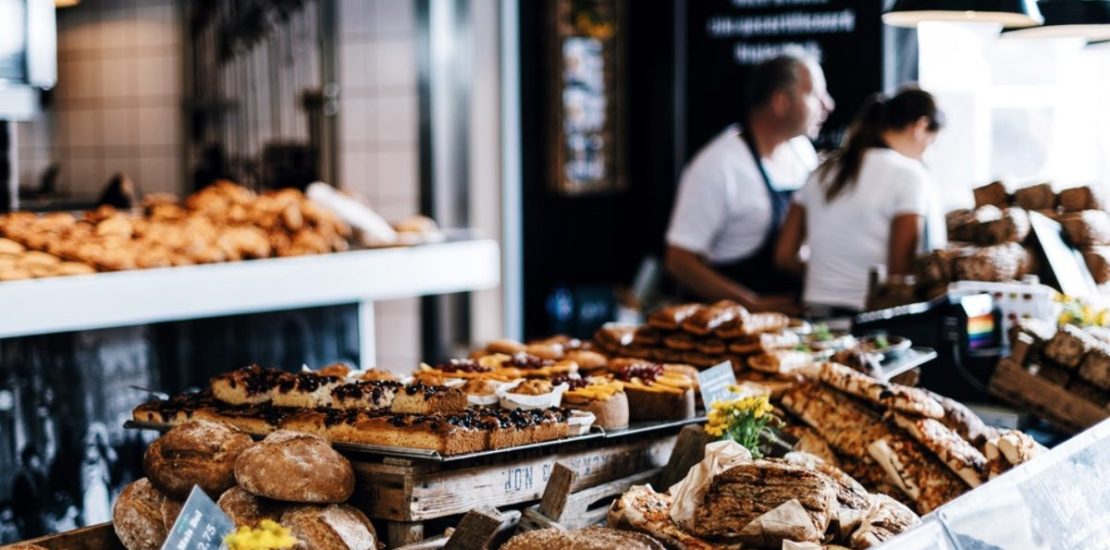- January 29, 2023
- Posted by: simba001
- Categories: Restaurant Management Insights, Restaurant POS System in Kenya

Accurate food inventory management is critical for the day-to-day financial health of your business. Small and medium size restaurants in Kenya often overlook the importance of food inventory management – opting to just ‘wing it’
In most cases when you think about doing food inventory, you might envision piles of pen and paper counts from the bar and the kitchen, then trying to make sense of those numbers manually. However, while you might start with a basic restaurant inventory template, restaurants today have the luxury of using technology to make their inventory management easier, faster, and more efficient. Restaurants can track food costs, lower the cost of goods sold, and minimize food waste by integrating their Restaurant POS system in Kenya with an inventory management solution.
Inventory tracking is critical to inform your restaurant’s long-term business strategy, especially in the age of aggressive competition, when things can change suddenly. When it’s precise, inventory management illustrates the flow of individual items, highlighting losses and other important issues to address. This means implementing software to help you get better at inventory can be well worth the investment.
Mastering how to do inventory in a restaurant starts with a deep understanding of the terms and restaurant metrics behind the process.
Sitting Inventory
Sitting inventory refers to the amount of product (or monetary amount of product) in-house. You should refer to sitting inventory as either monetary worth or the physical amount, depending on what kind of restaurant you run. Just be sure to only stick to one unit of measure to ensure you remain consistent
Depletion
Depletion is the amount of product (or monetary worth of product) used within a specific time period. Depletion can be based on daily, weekly, or monthly sales, and is usually calculated using sales reporting data from a restaurant’s POS system. Depending on the type, it’s recommended that you work with weekly depletion.
Usage
Usage refers to the amount (or monetary worth) of sitting inventory divided by the average depletion in a specific time period. This is the formula for usage:
Usage = Sitting Inventory / Average Depletion (during a specific time frame)
For example, if you have 10 gallons of cream cheese and plan to use two gallons per week, you have five weeks of usage.
Variance
Variance is the difference between your restaurant’s product cost and the usage amount cost.
Variance = Product Cost – Usage Cost
Let’s say your inventory is down Ksh 5,000 worth of fish at the end of the day, but your POS says you only sold Ksh 4,000 worth of fish. This makes your food cost variance –Ksh 1,000 meaning Ksh 1,000 worth of fish is unaccounted for.
Variance can also be a percentage to help you make simpler comparisons. In this situation, -1,000 (the variance amount) / 5,000 (the usage amount cost) = -10% variance.
As a rule, your food cost percentage or cost of goods sold percentage should not exceed 65% of your gross revenue.
Costs of Goods Sold (COGS)
COGS is the price of all the inventory used to make the menu items you serve. As you use stock, you should keep track of your COGS for specific time periods. To calculate this, take the sum of your existing inventory at the start of a specific time period and any additional inventory bought during said period. Then, subtract the cost of your remaining inventory at the end of the time period.
COGS = Beginning Inventory + Purchases During the Period – Ending Inventory
Catch Weight
When you purchase unprocessed foods, you’ll typically receive orders in approximate weights, also known as catch weights. For items like meats or seafood, the weight will fluctuate over and under slightly in each delivery. Catch weights can affect your food inventory management, so you should consider tracking it in your expense records.
Food Cost Percentage
Food cost percentage equals the cost of the inventory needed to create a menu item divided by the menu price. As a rule, your food cost percentage or cost of goods sold percentage should not exceed 65% of your gross revenue.
Inventory Turnover Ratio
Inventory turnover ratio is the rate at which your kitchen uses its inventory stock over a specific period of time, typically a year. You can calculate it by taking your COGS and dividing it by the average of your beginning and ending inventory.
Par Level
Par level refers to the minimum amount of inventory your restaurant can hold to meet customer demand without creating unnecessary waste. To calculate inventory par levels, add your weekly inventory use and divide that number by the number of weekly deliveries you receive.
Waste
Restaurant food waste can be categorized into pre-consumer and post-consumer waste. Pre-consumer refers to the waste that occurs before a dish gets served to a customer. Post-consumer refers to anything the customer leaves on their plate after they’ve received it. Both types of waste must be measured accurately and monitored in order to make the most out of your inventory.
At SimbaPOS, we provide an Affordable, Reliable and Easy To Use Restaurant POS System in Kenya with integrated inventory management module. Contact us today on 0700 001779 or send an email for a quote/demo





